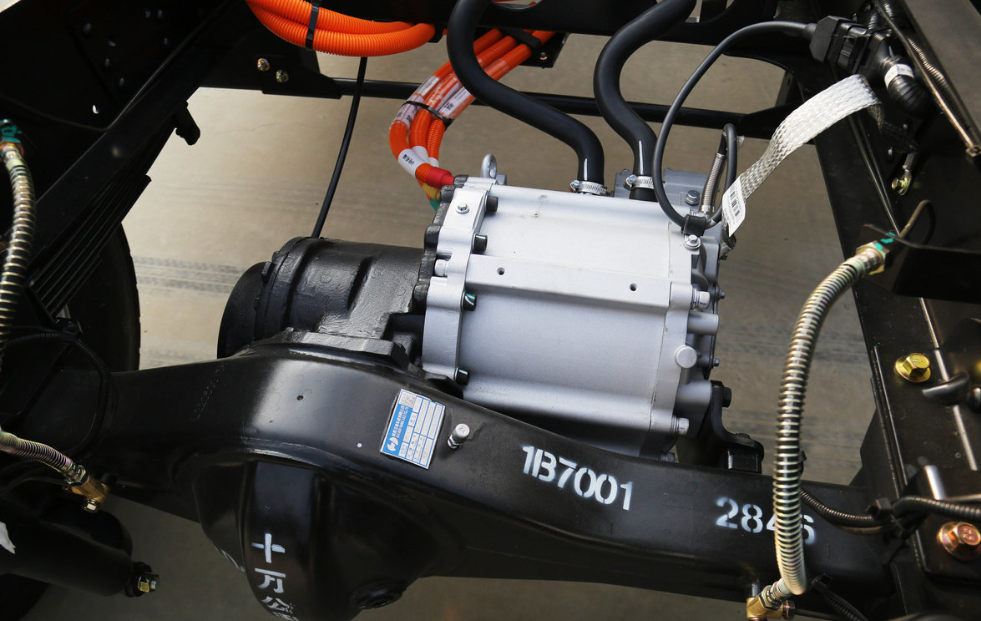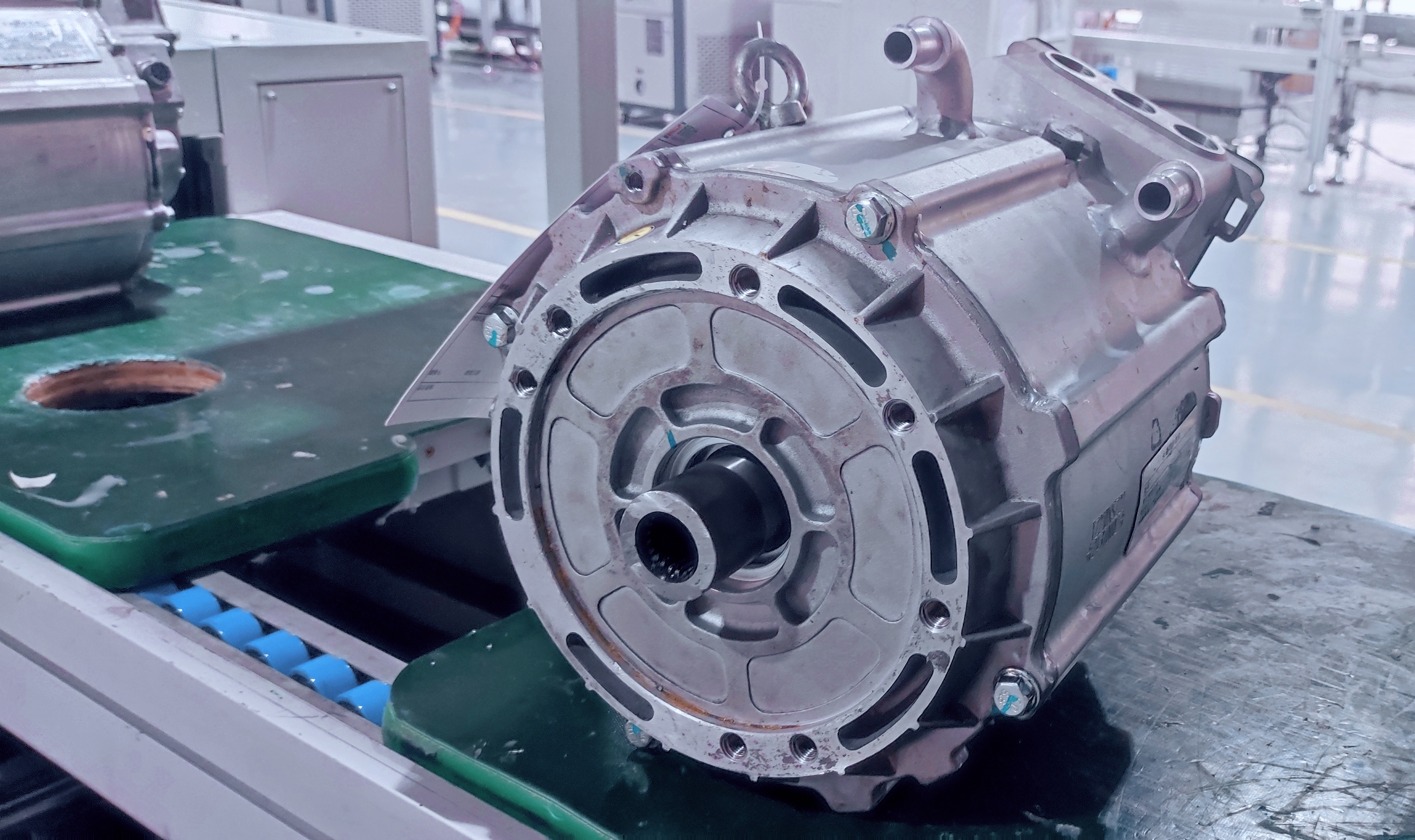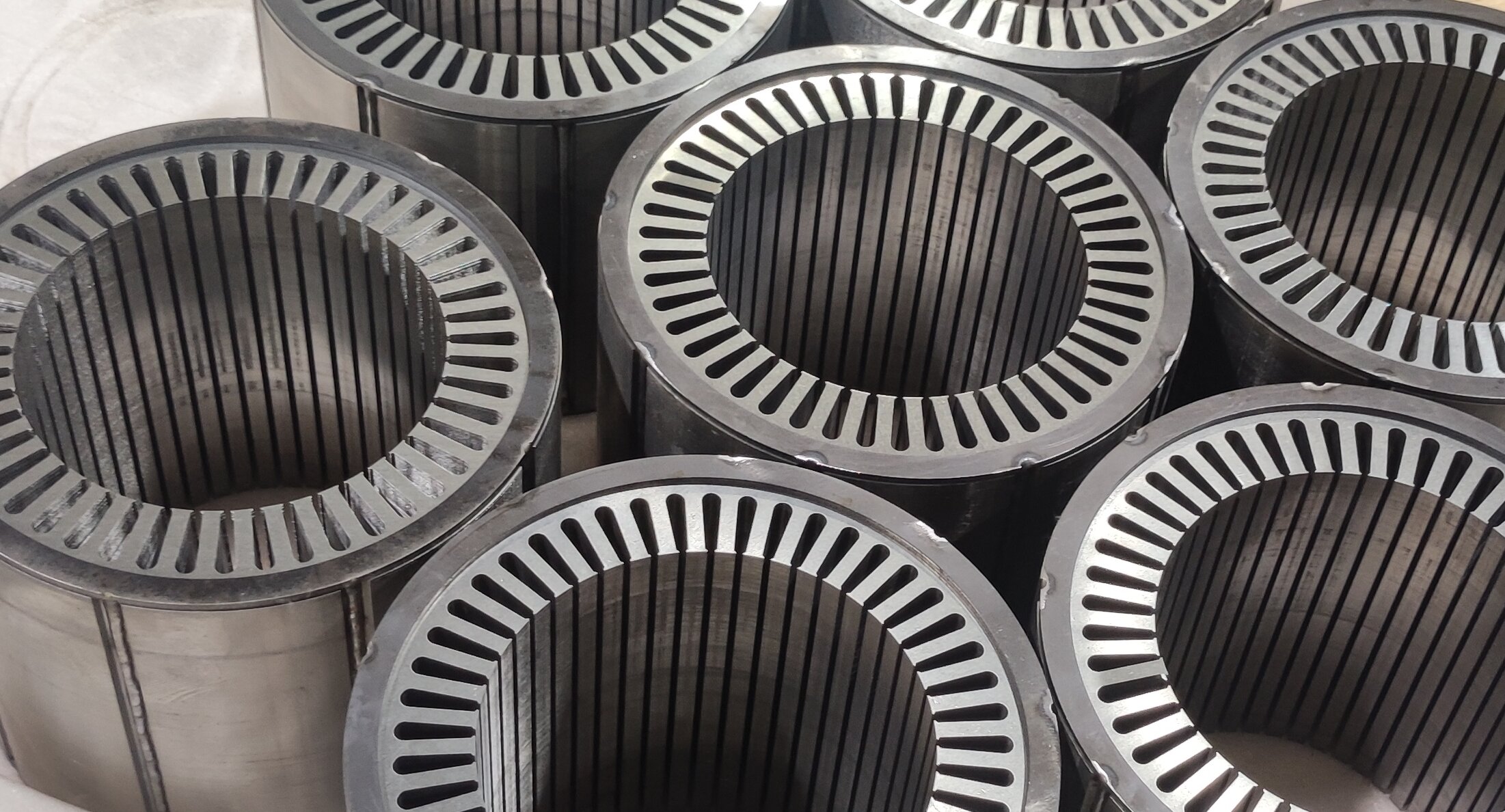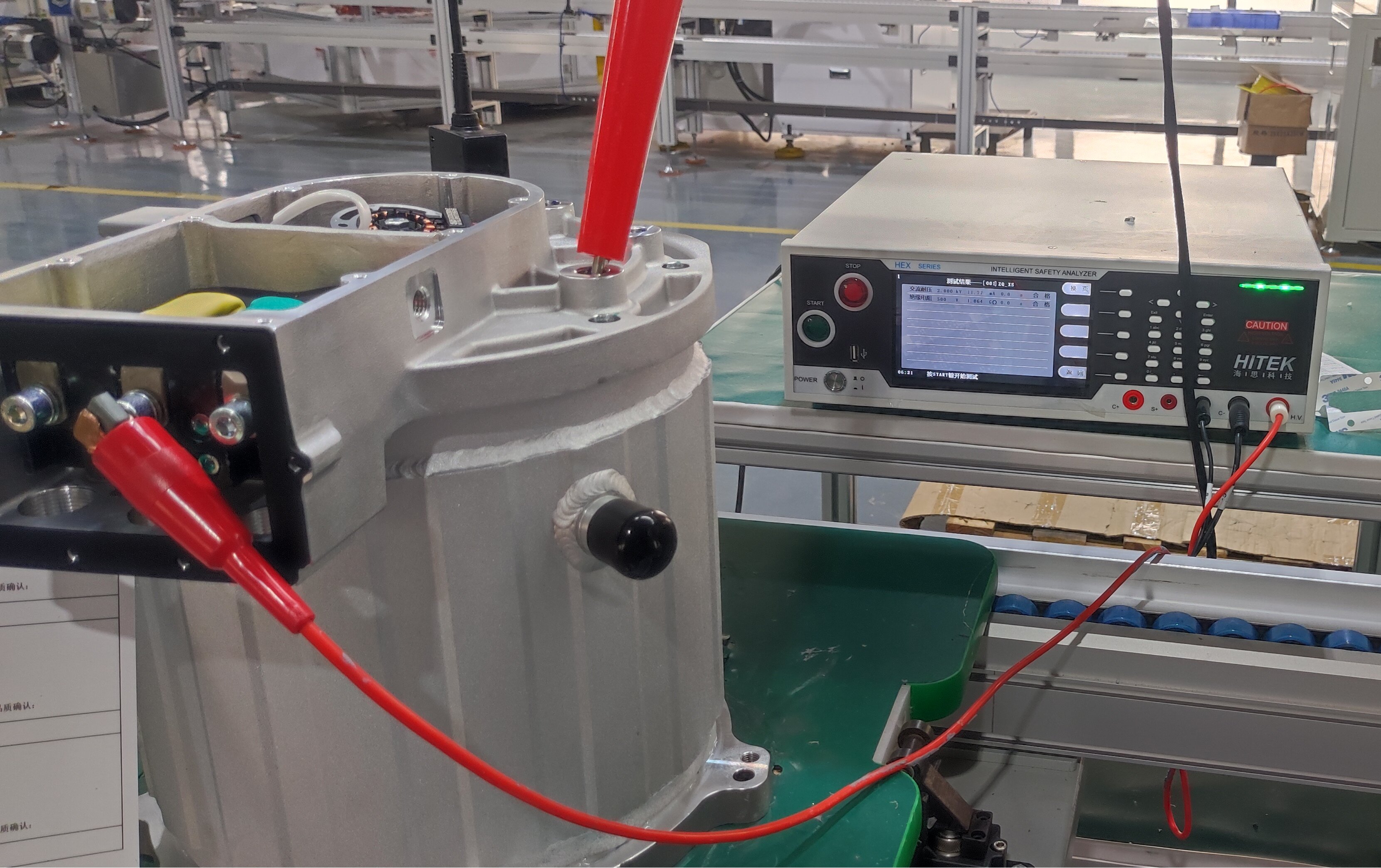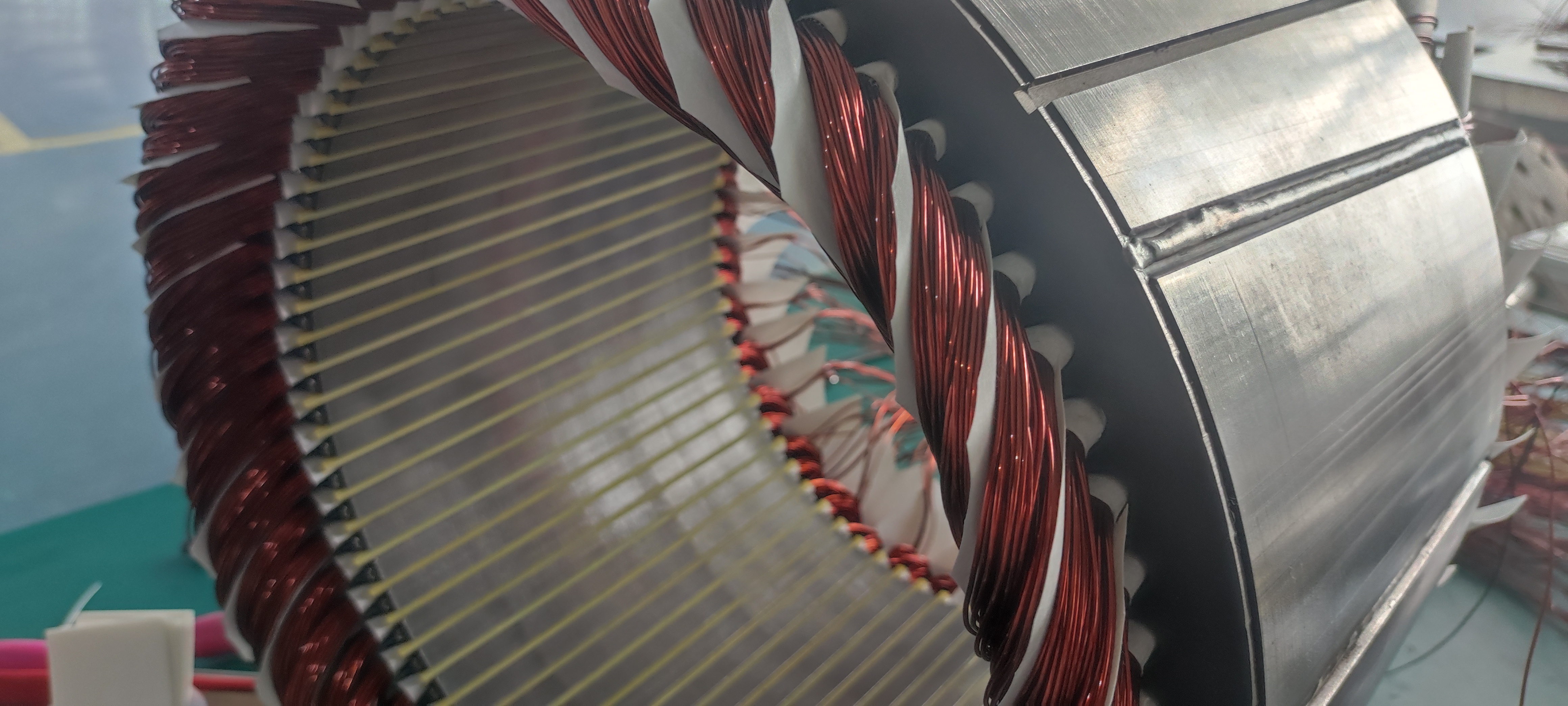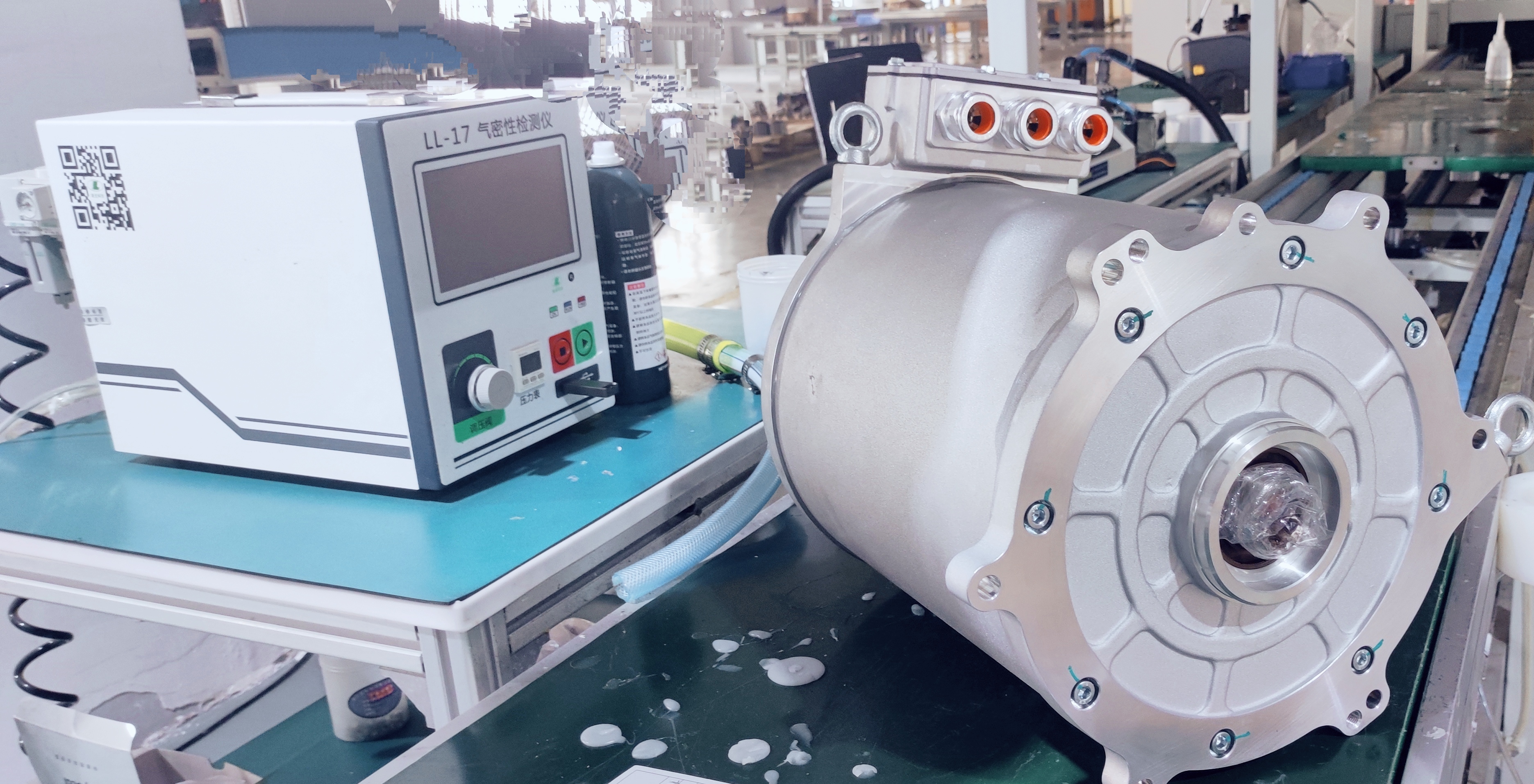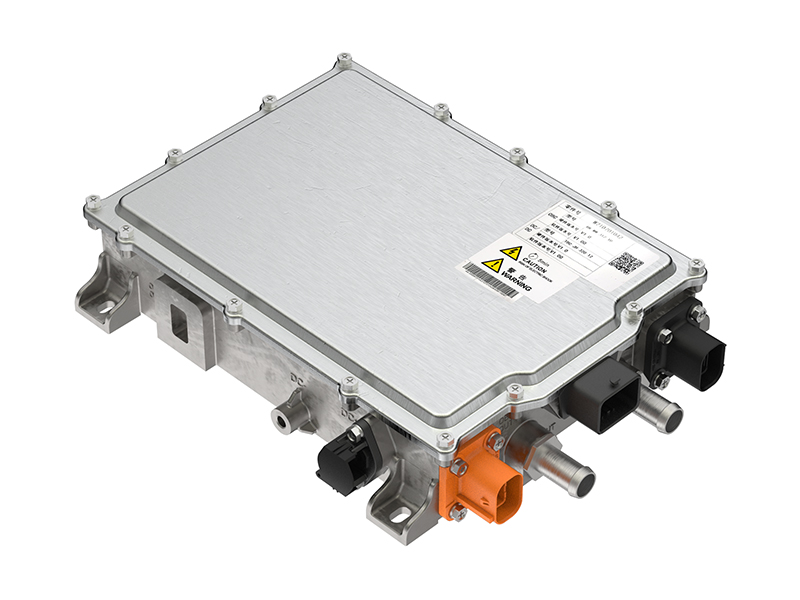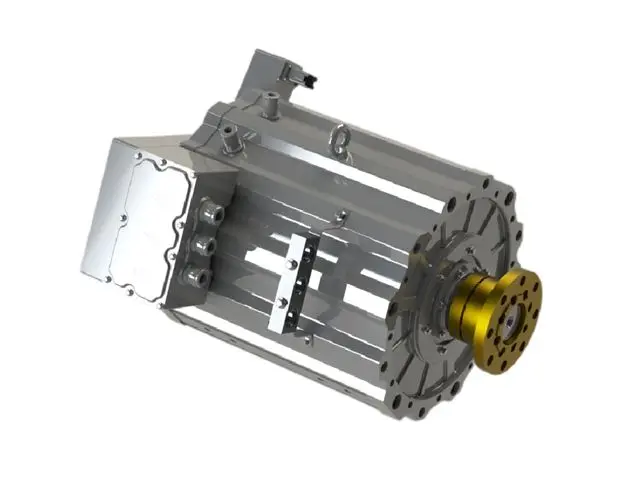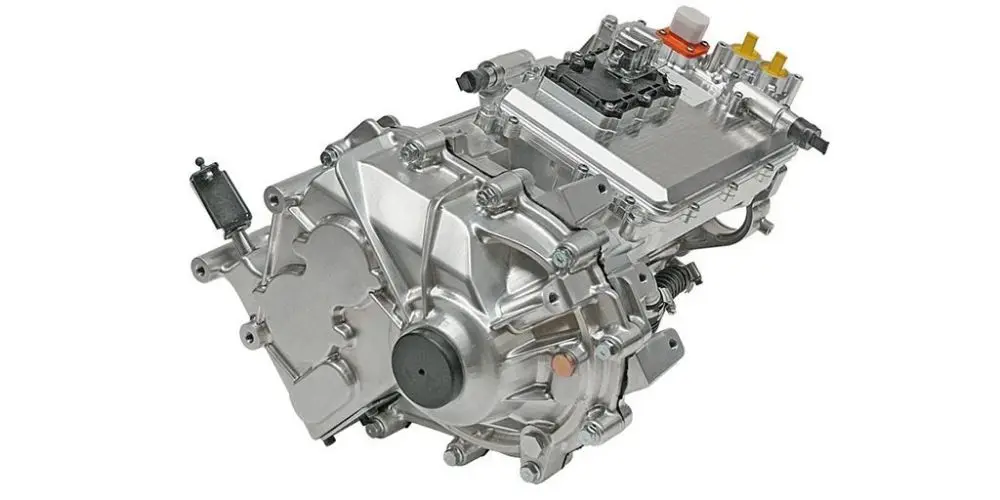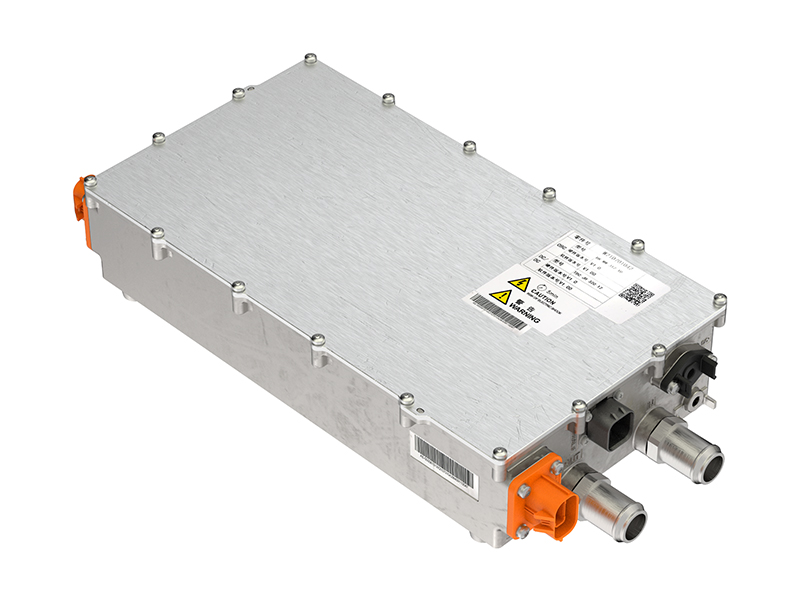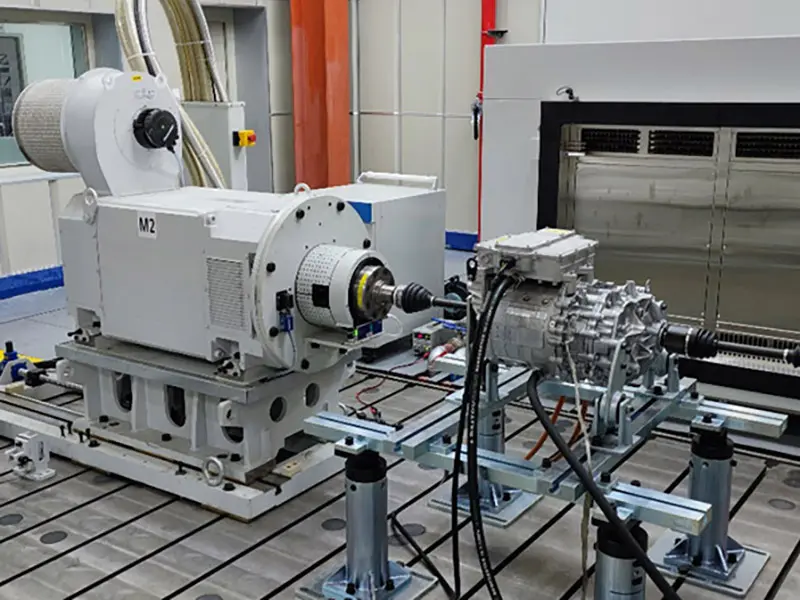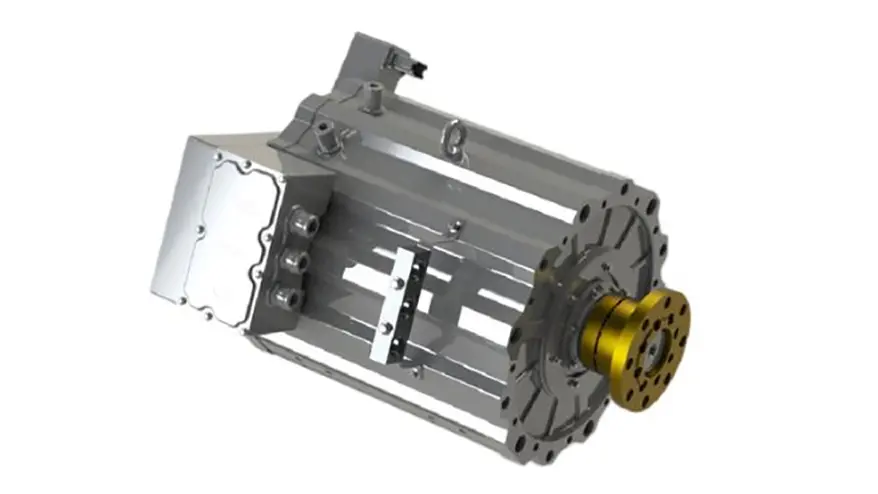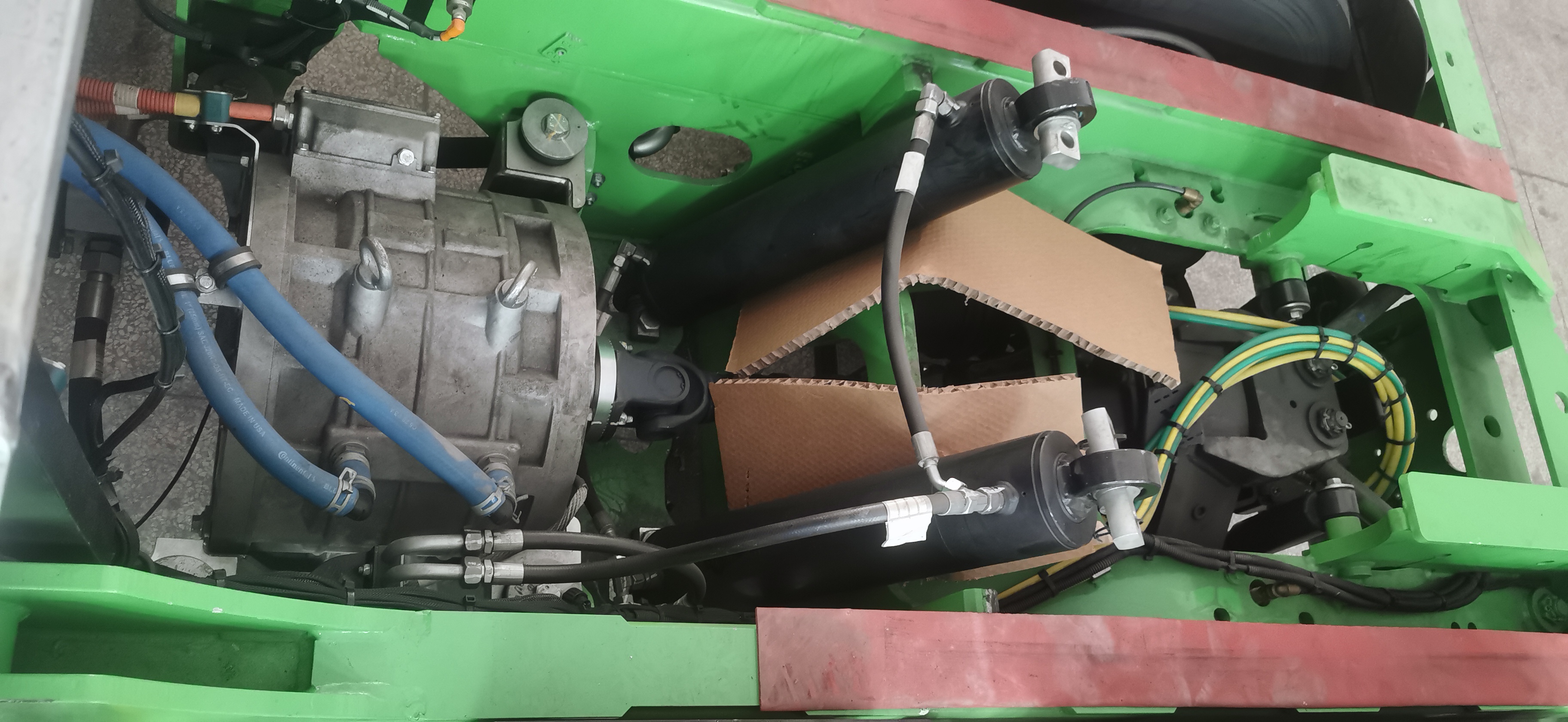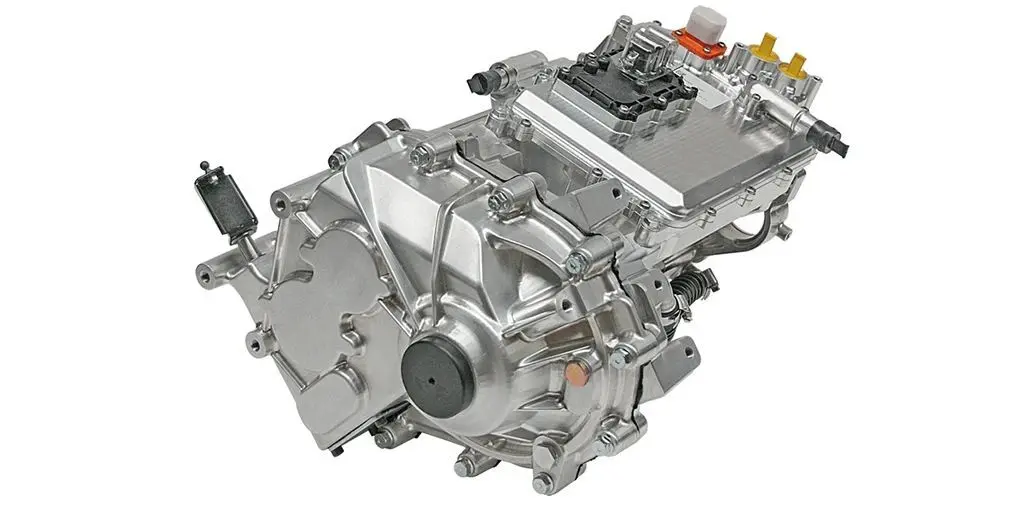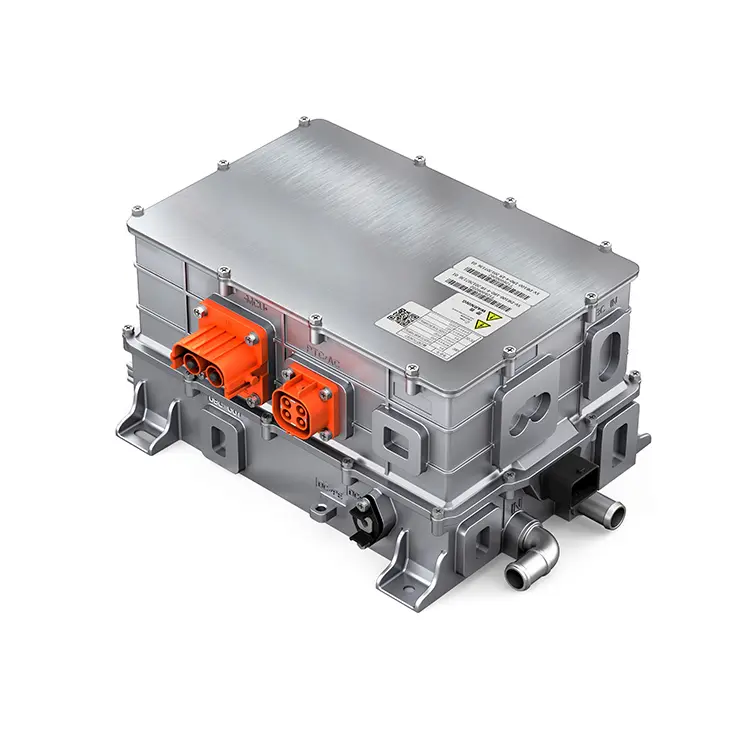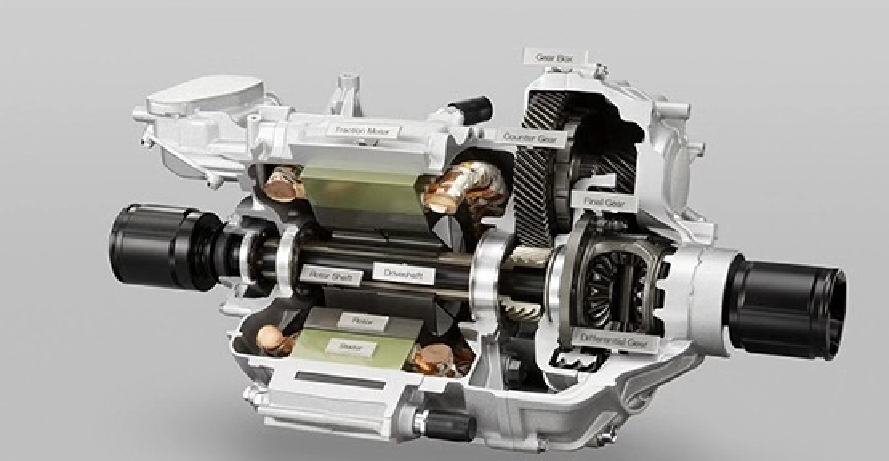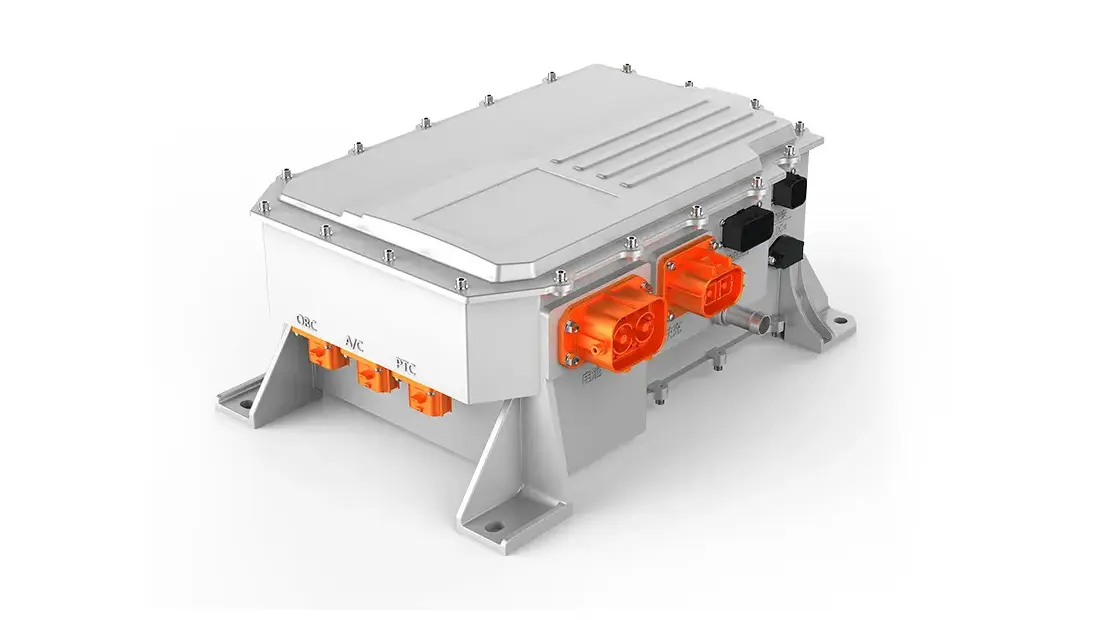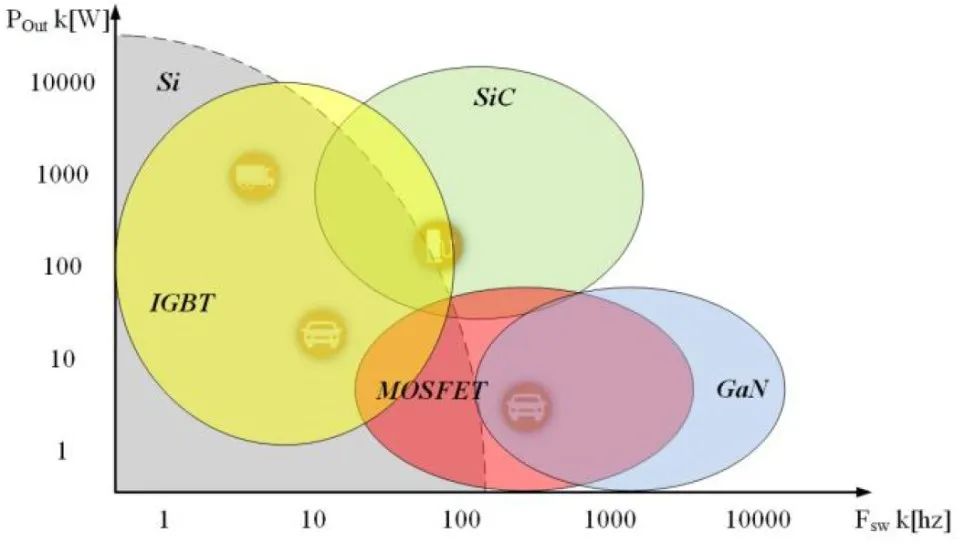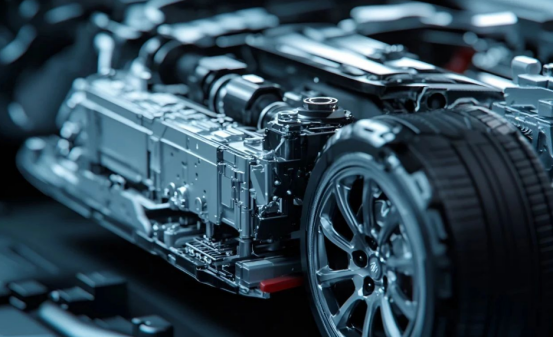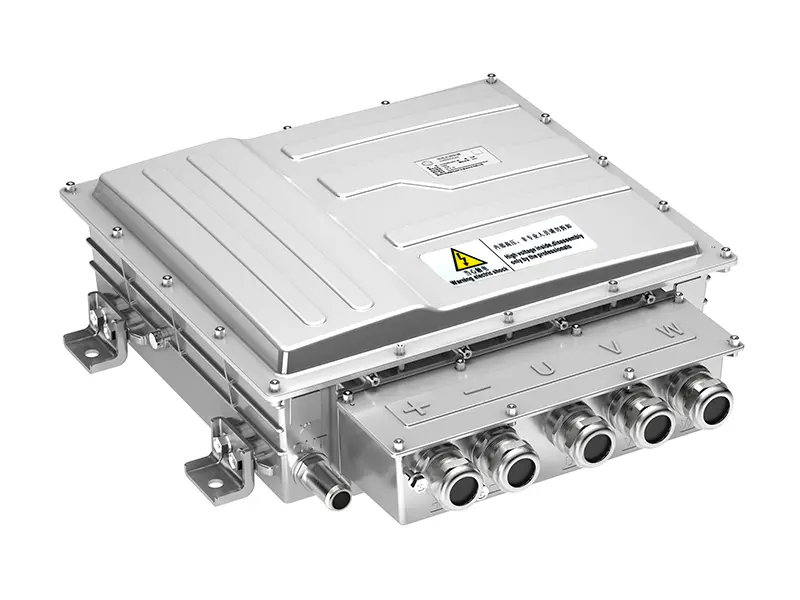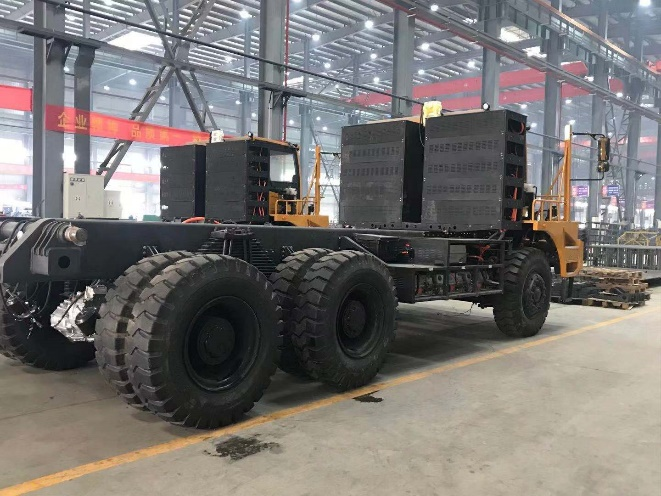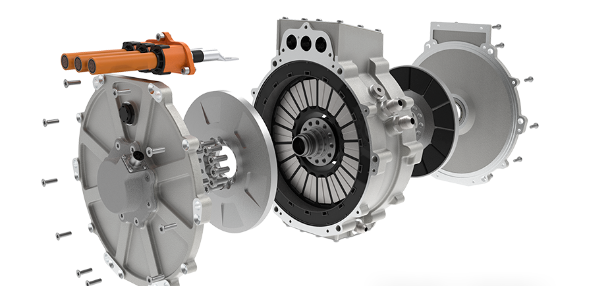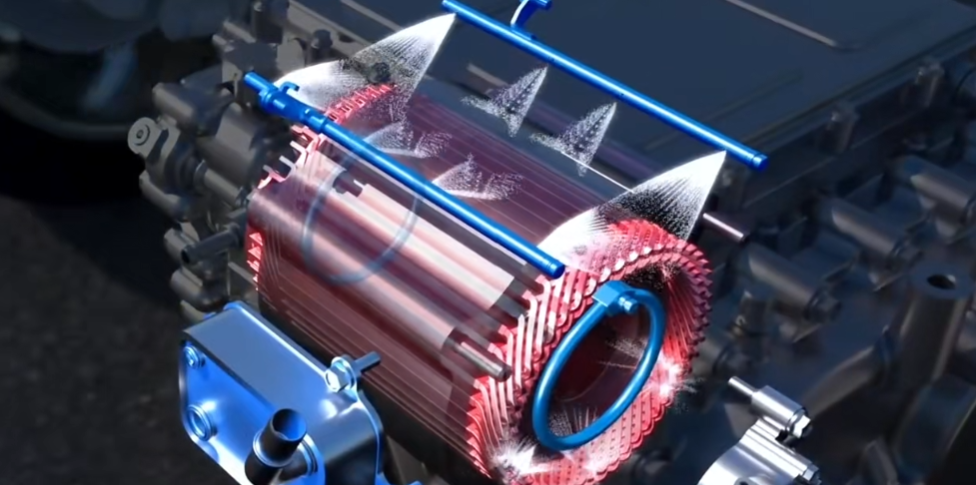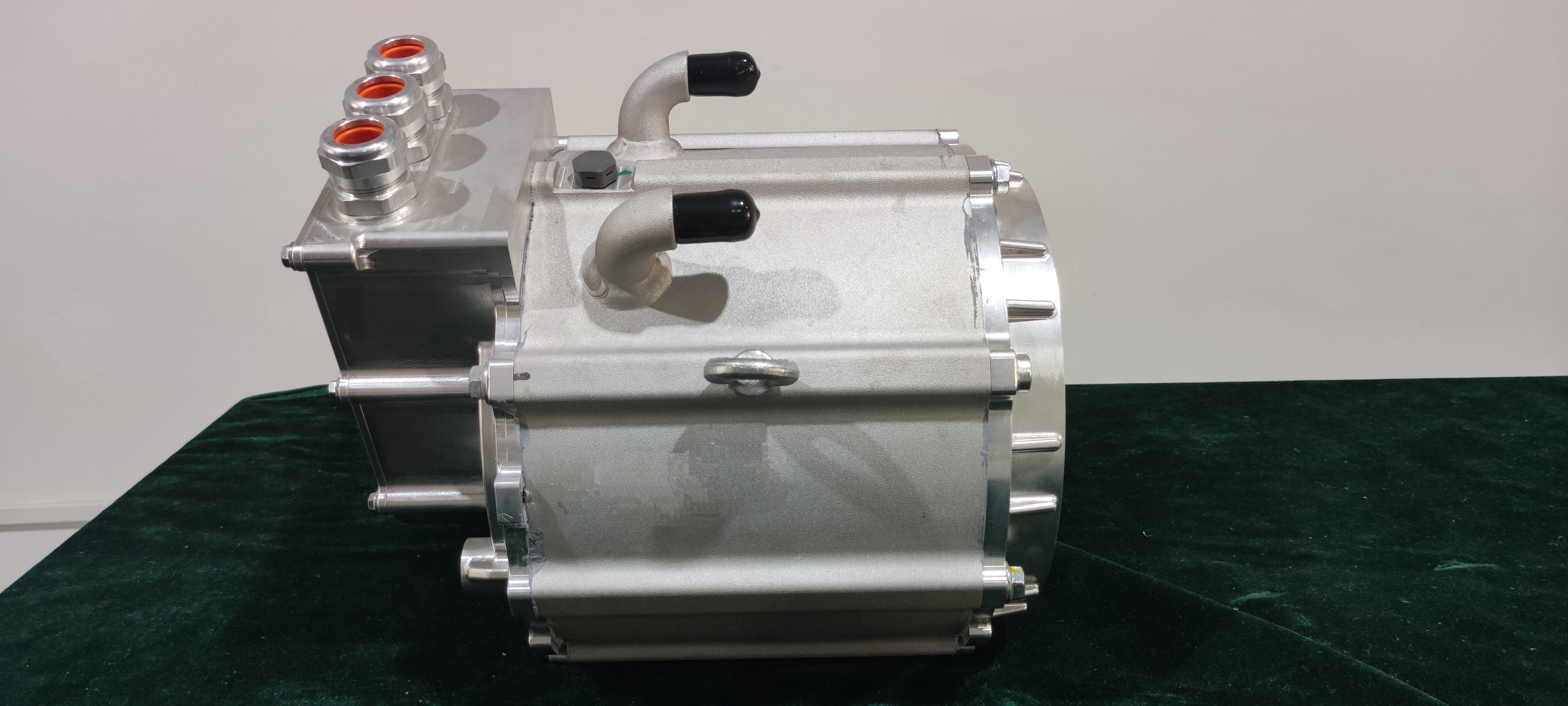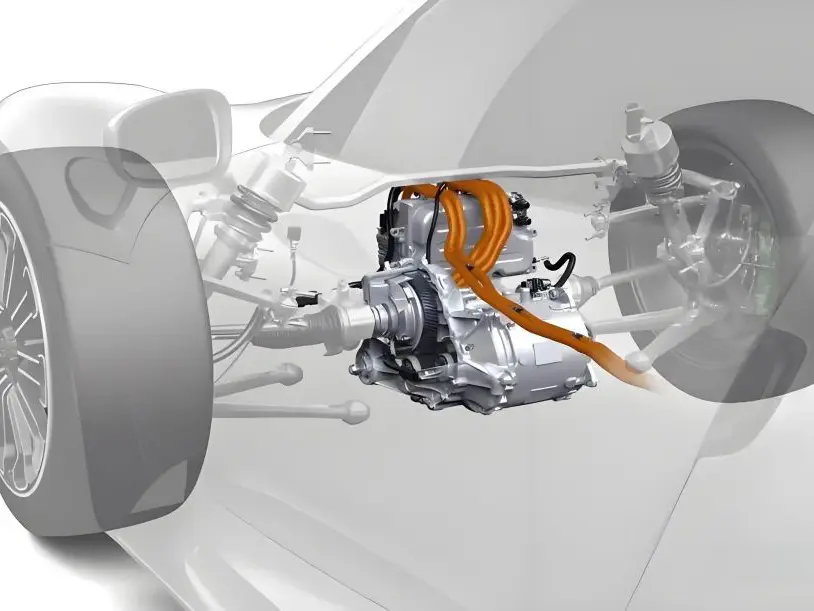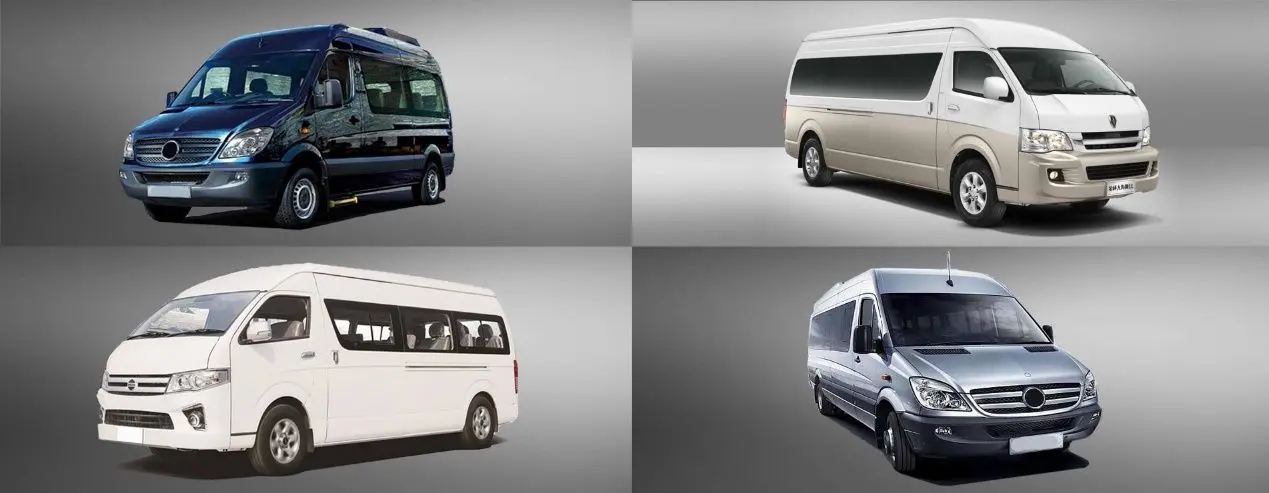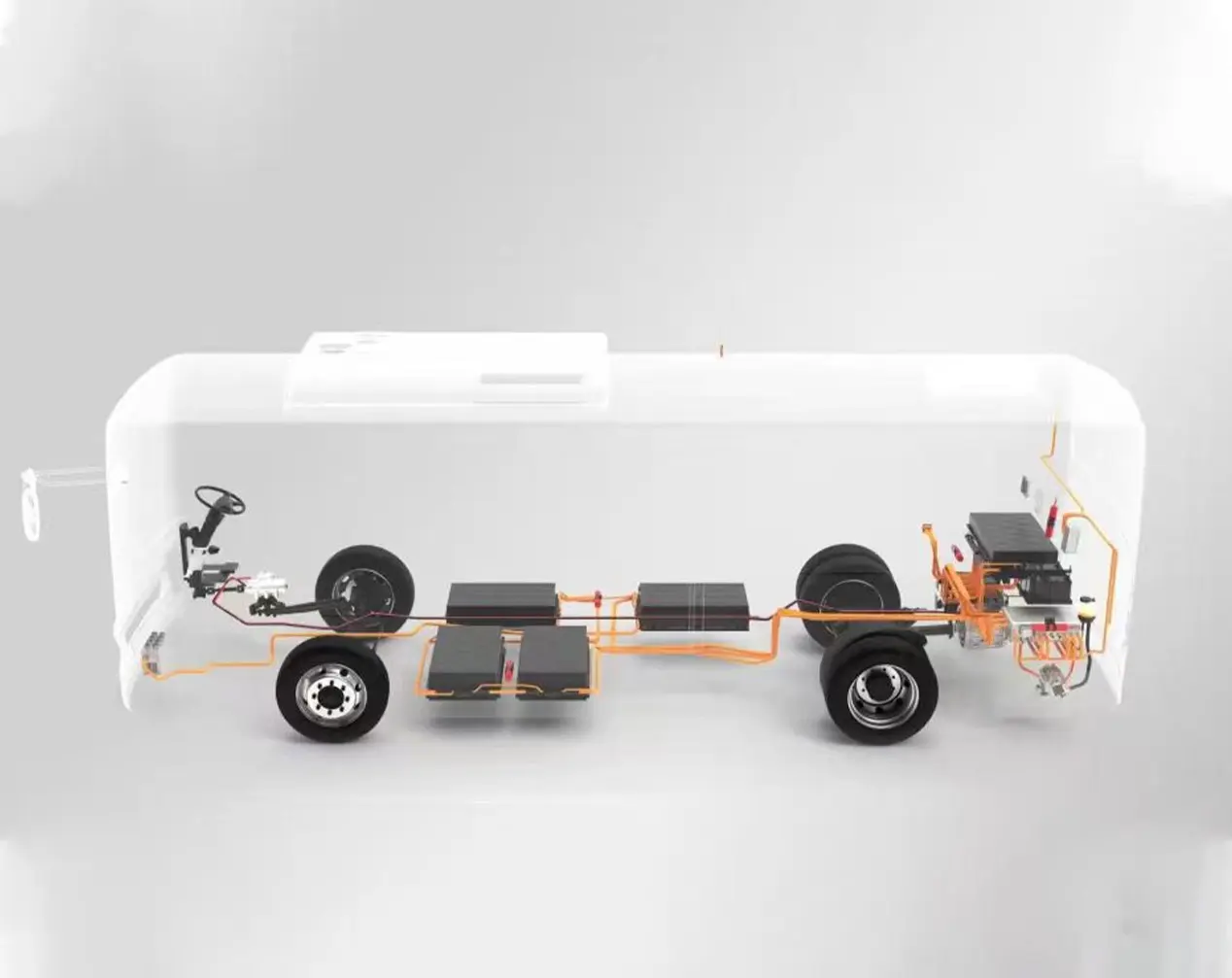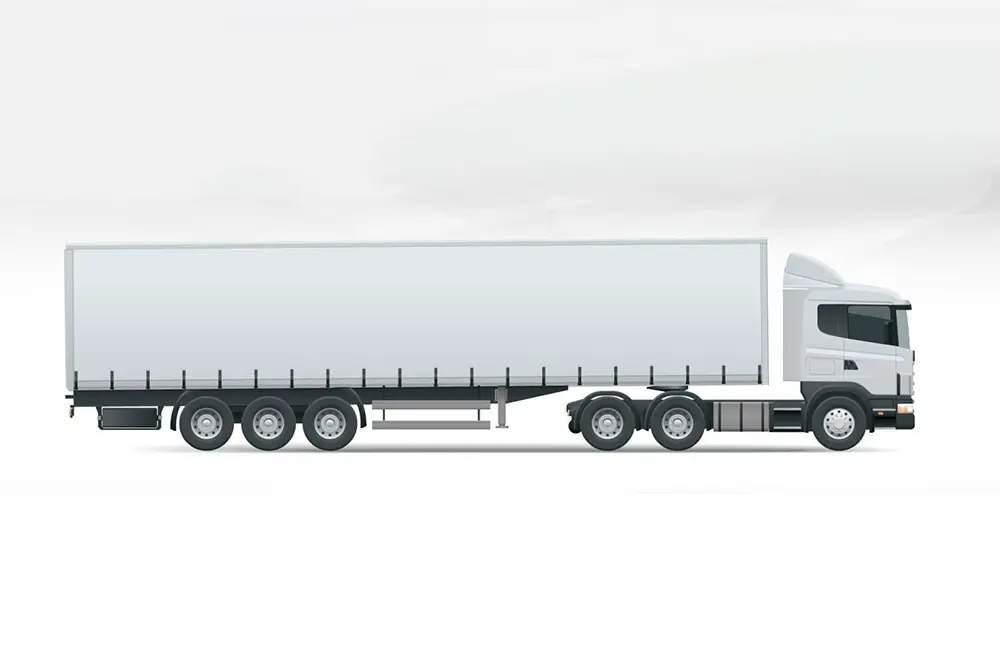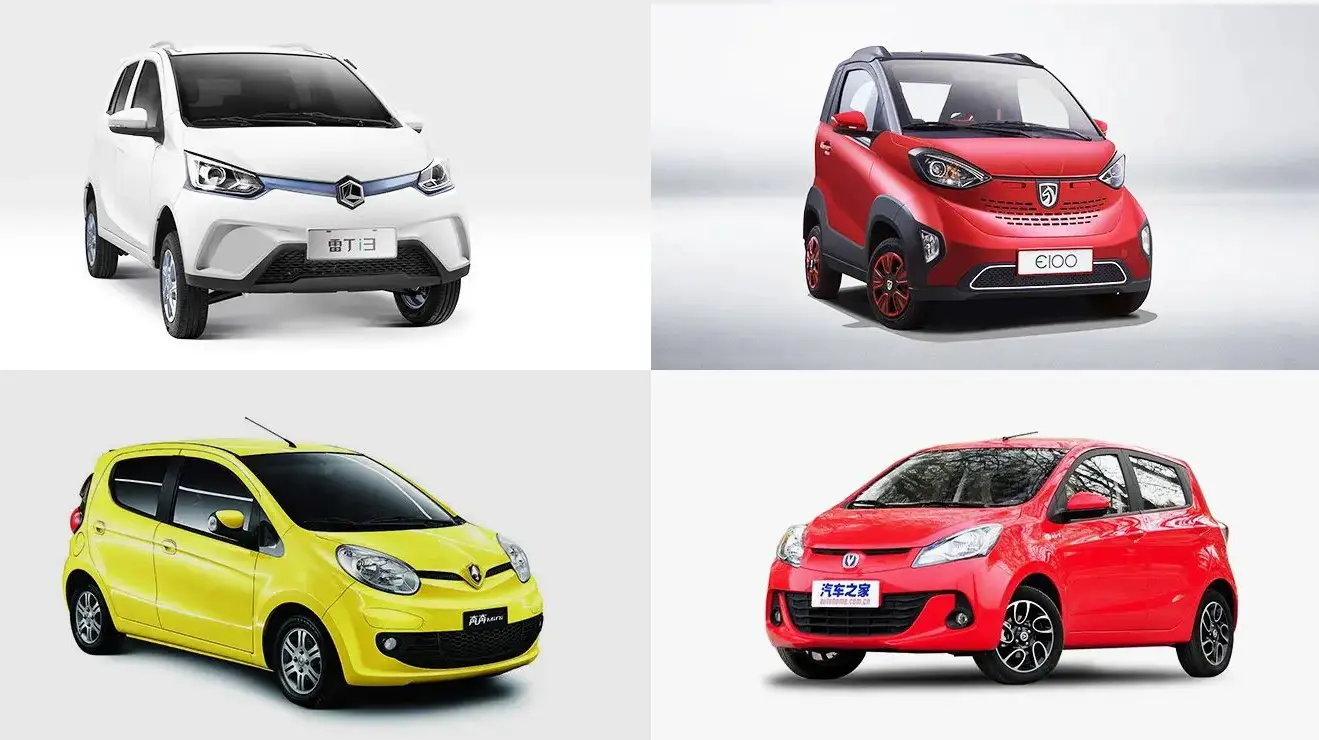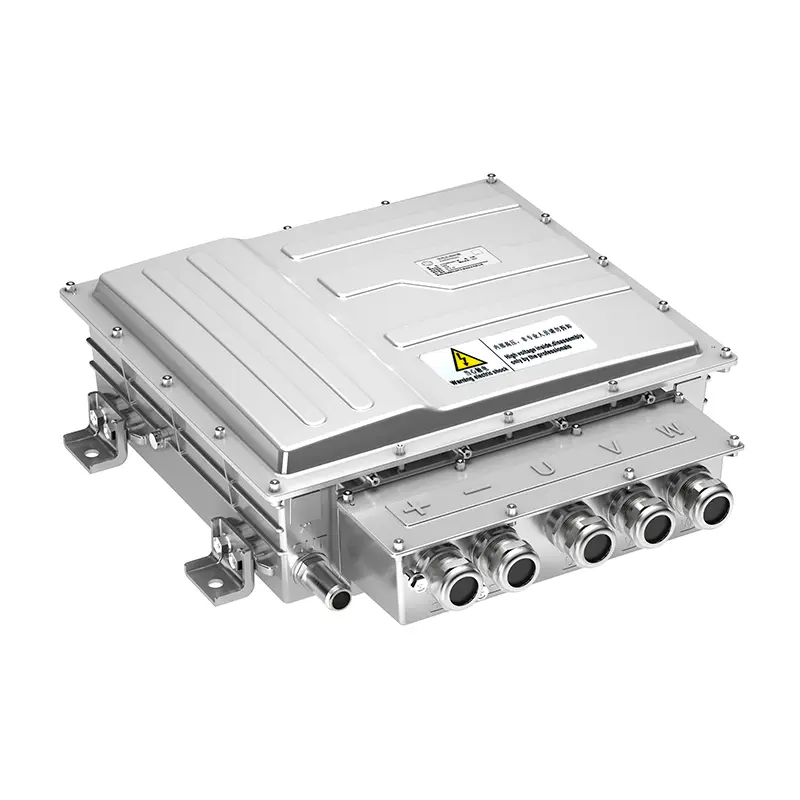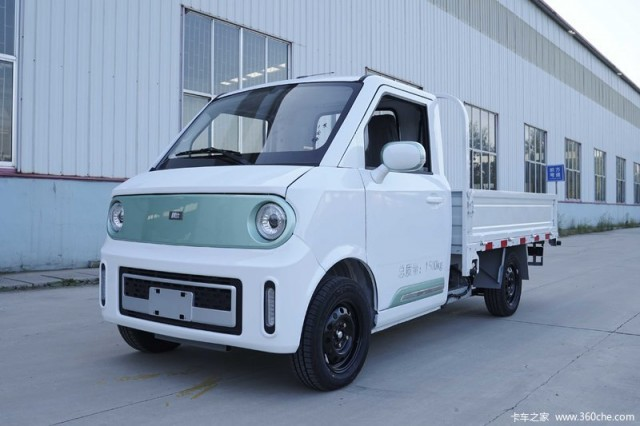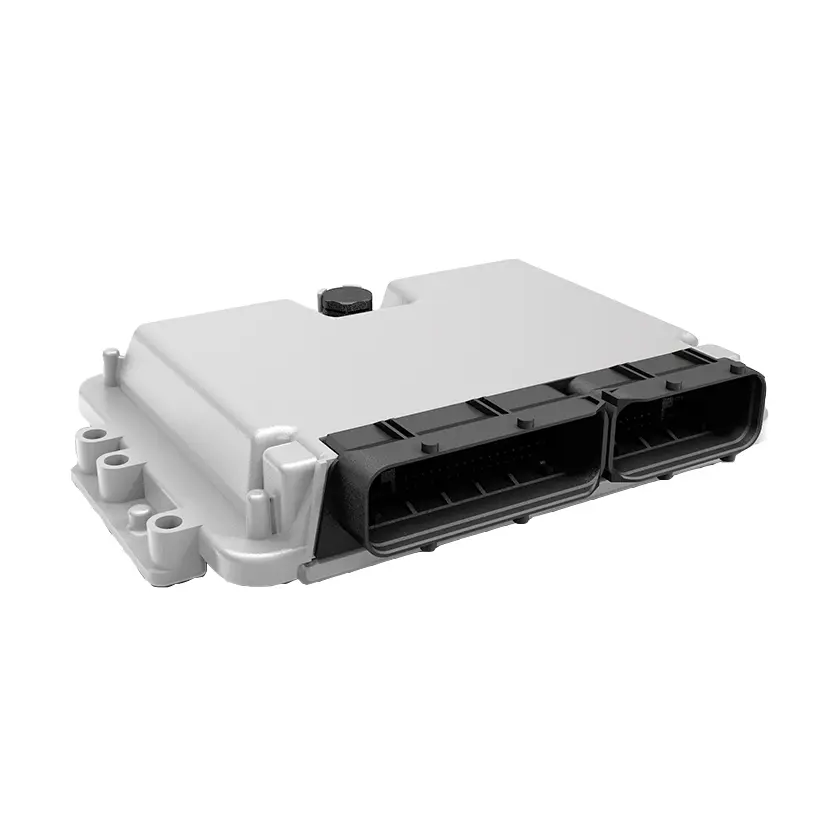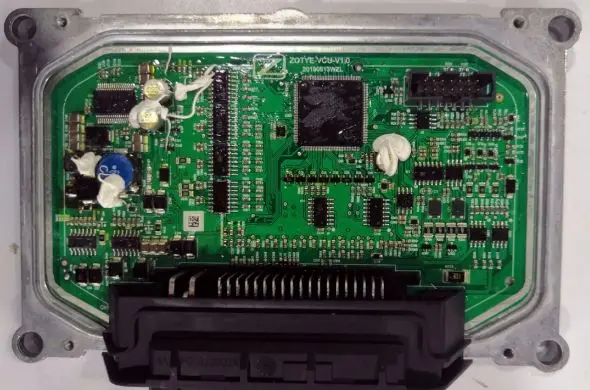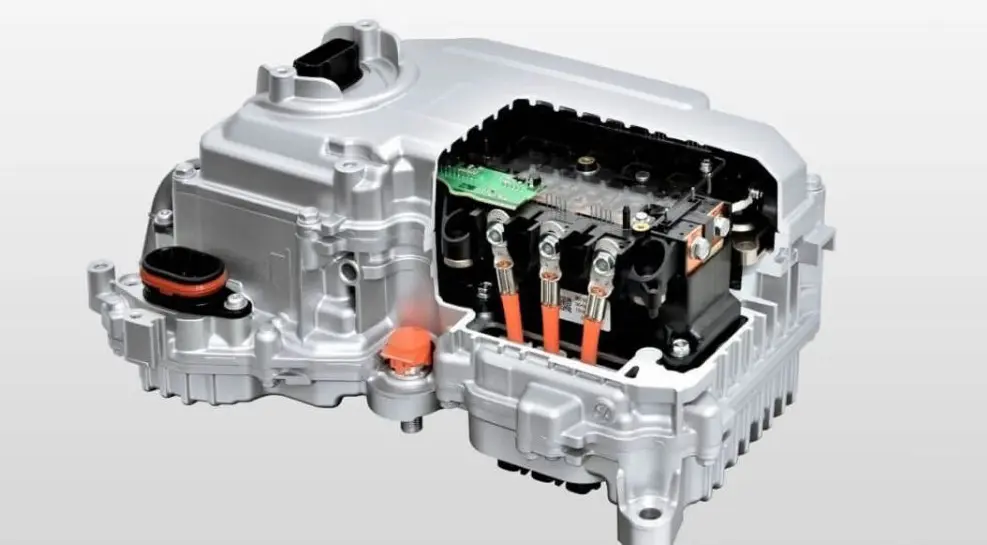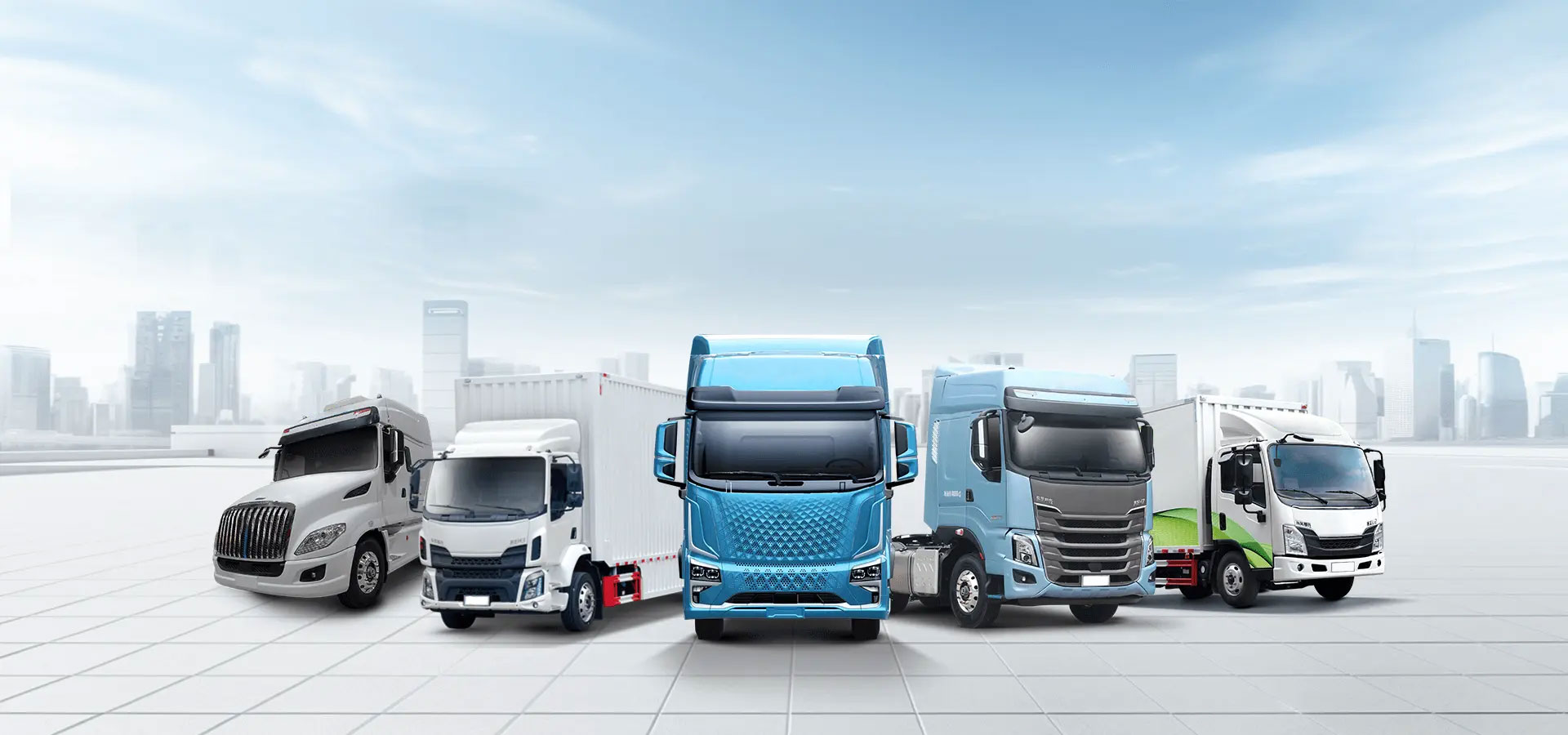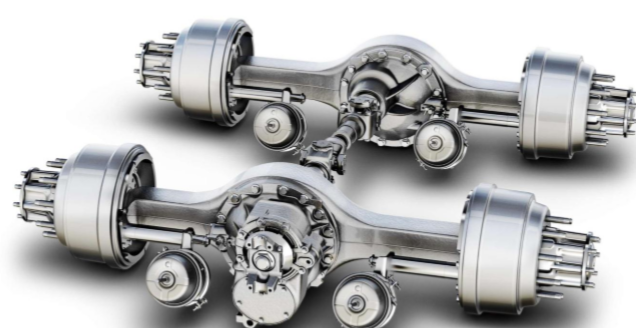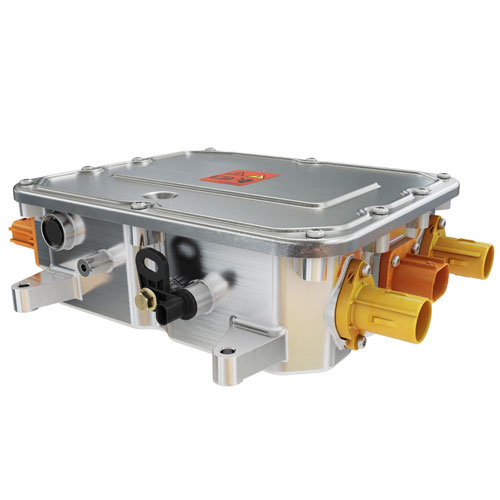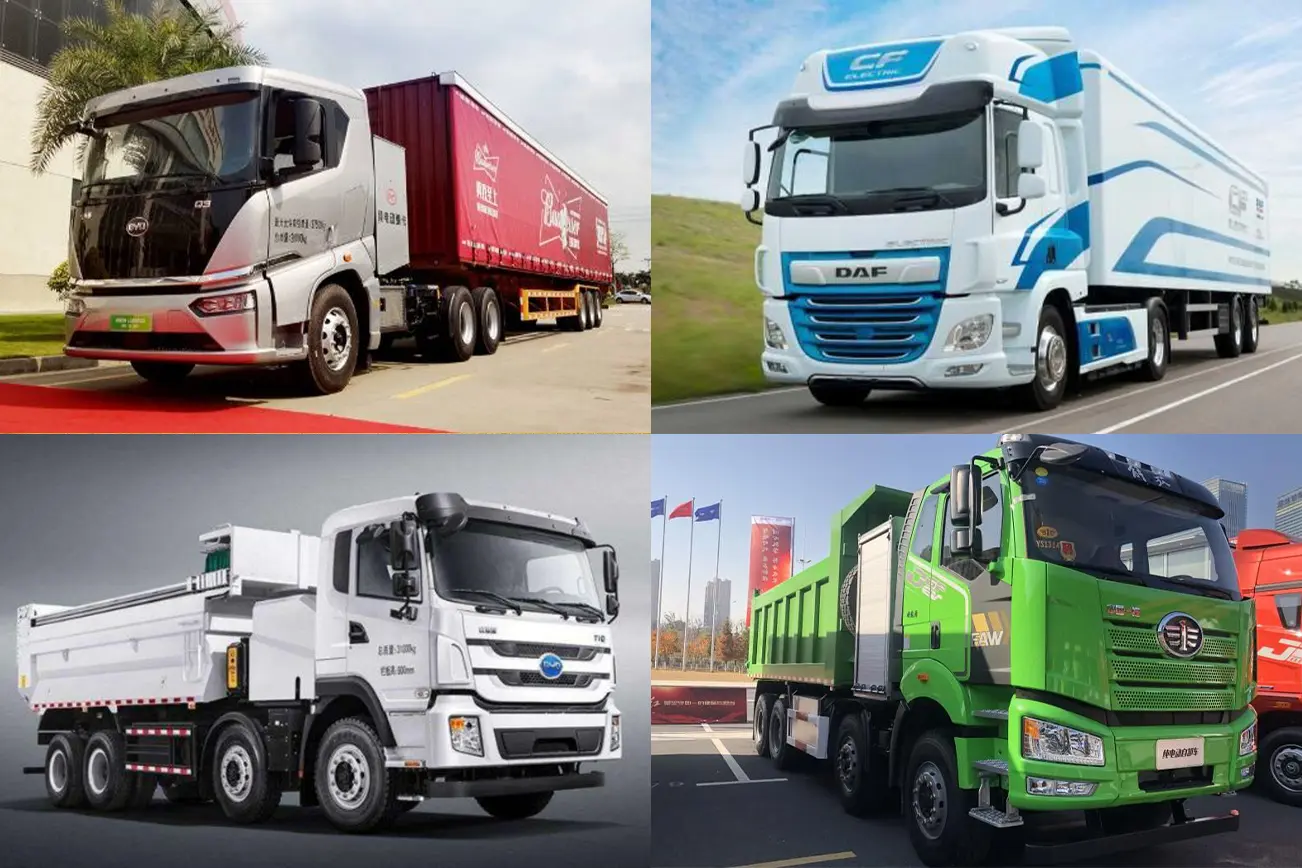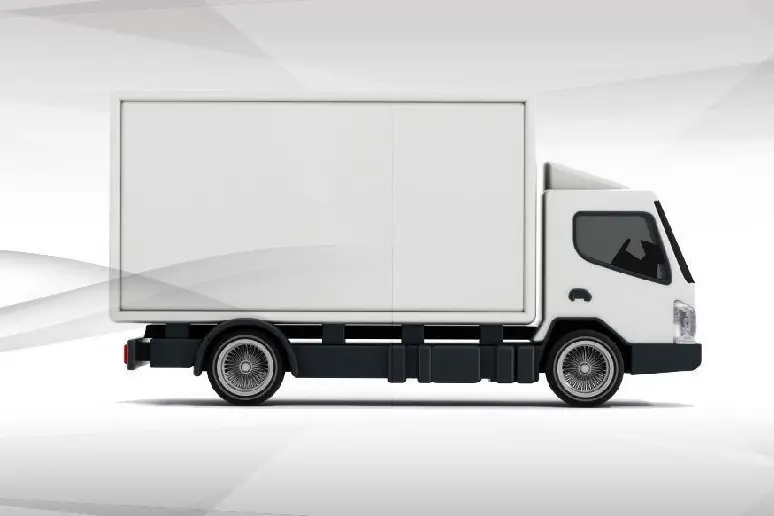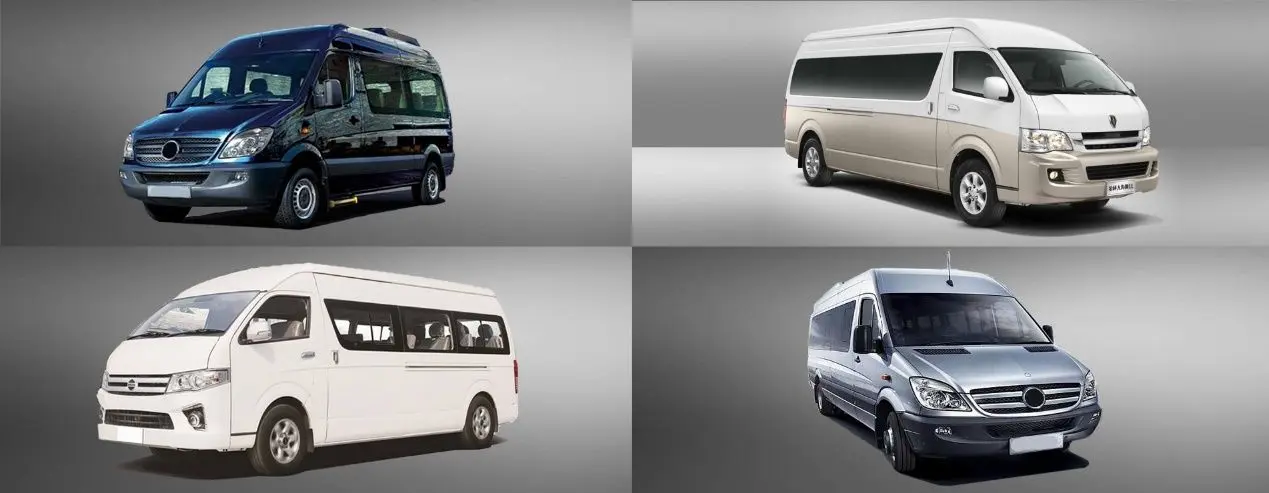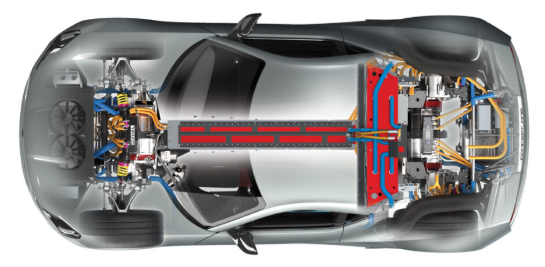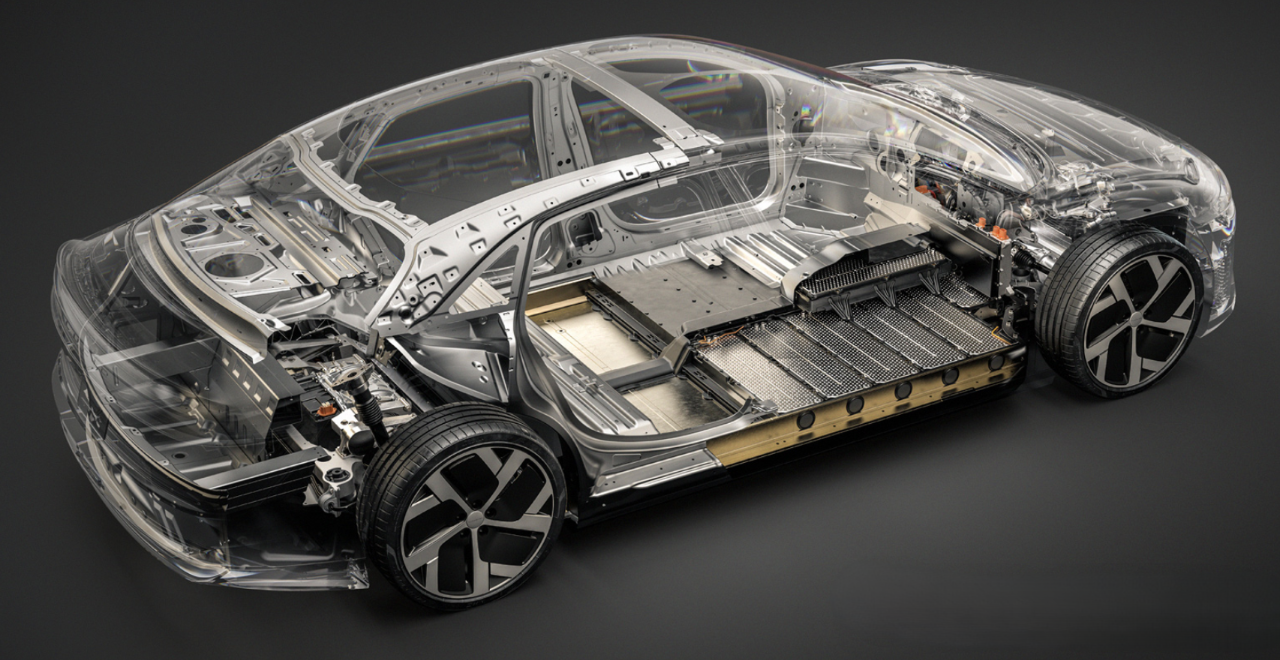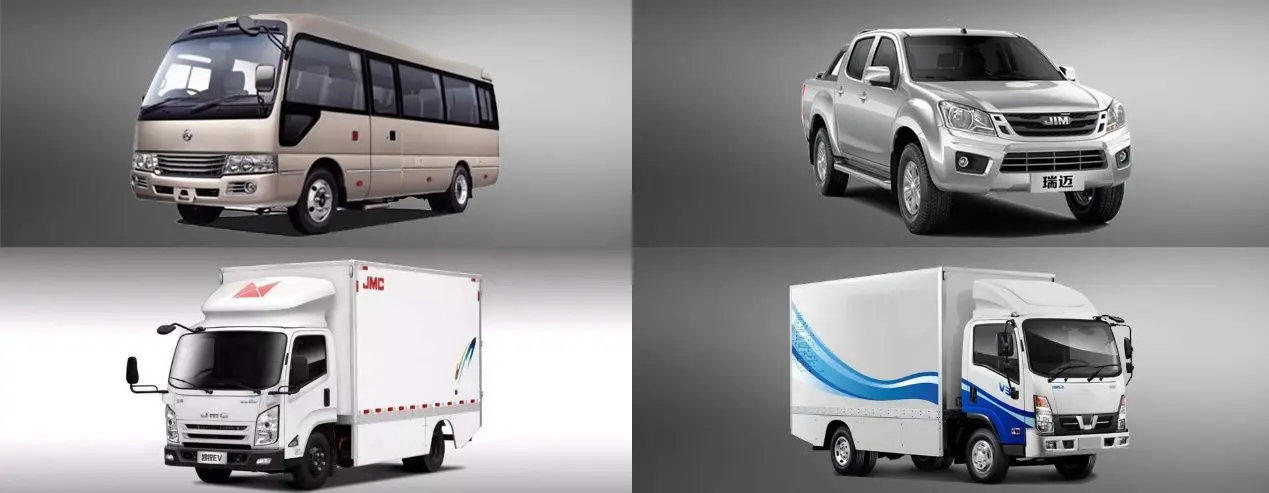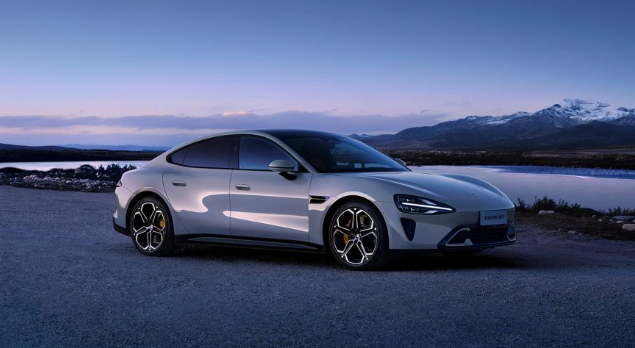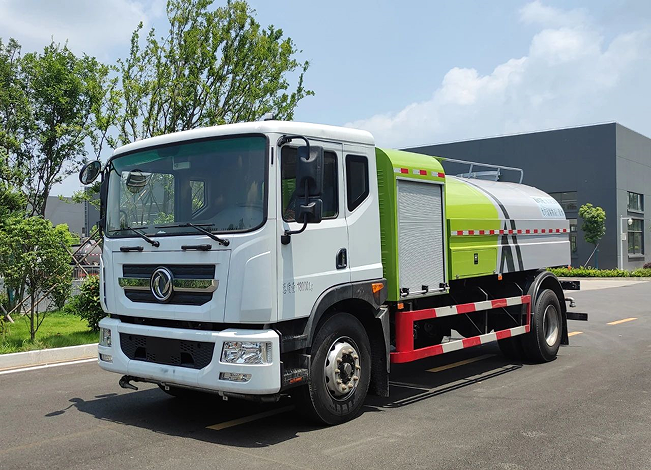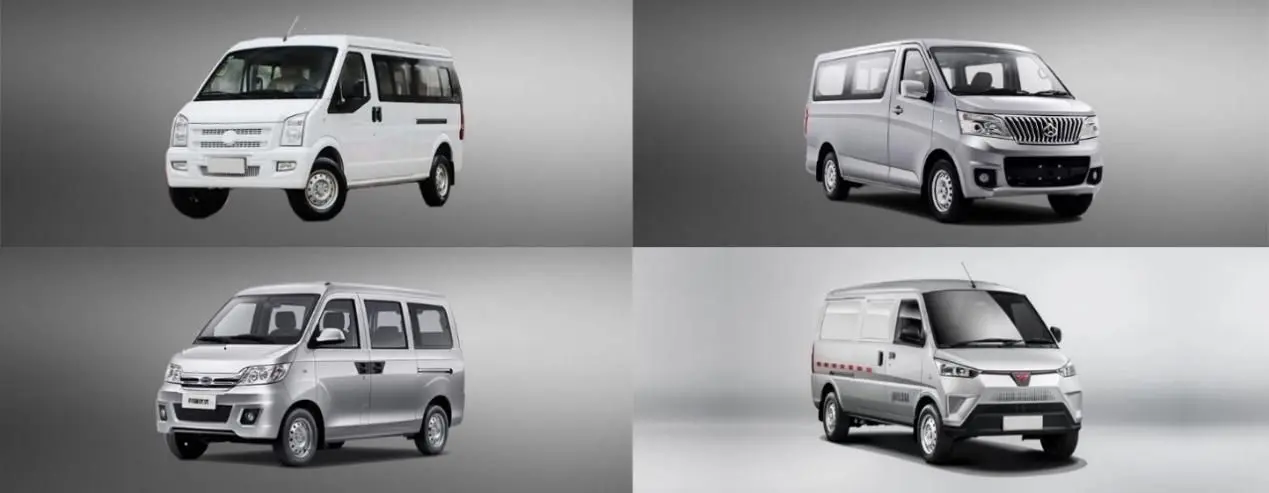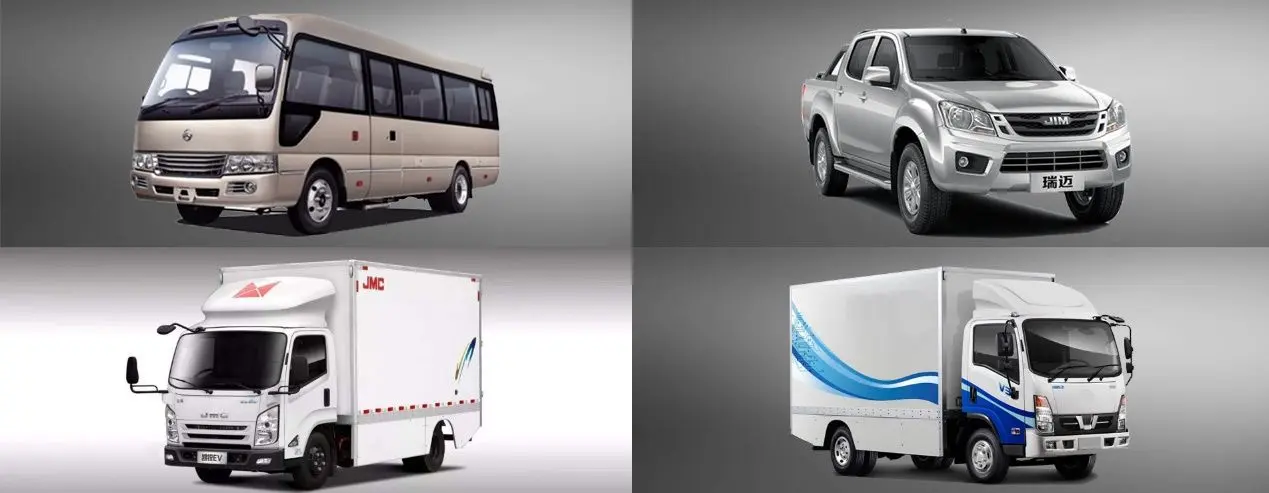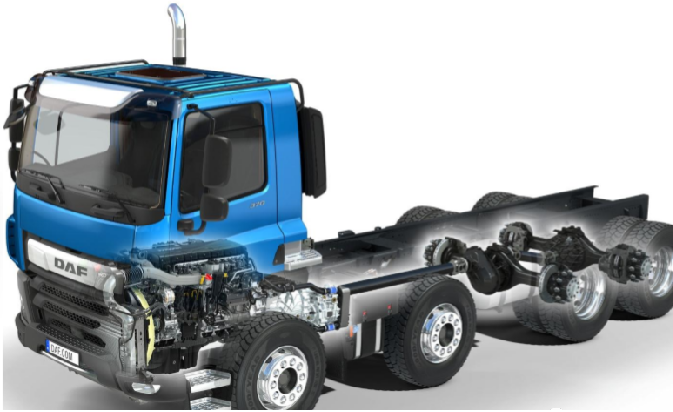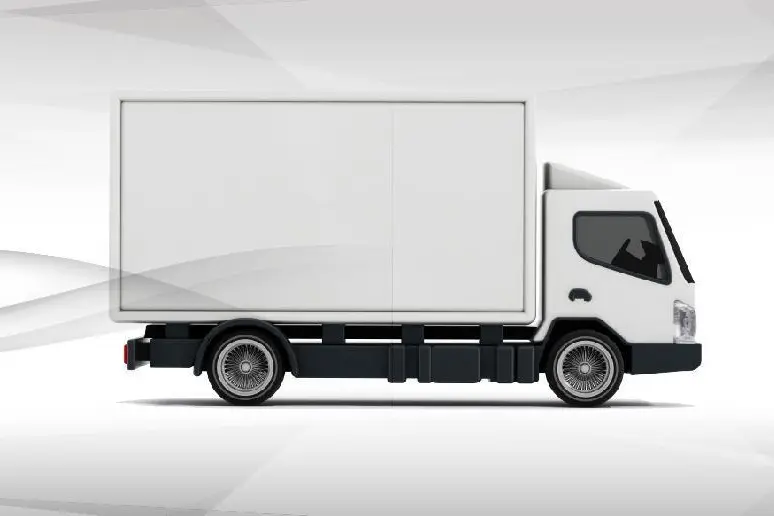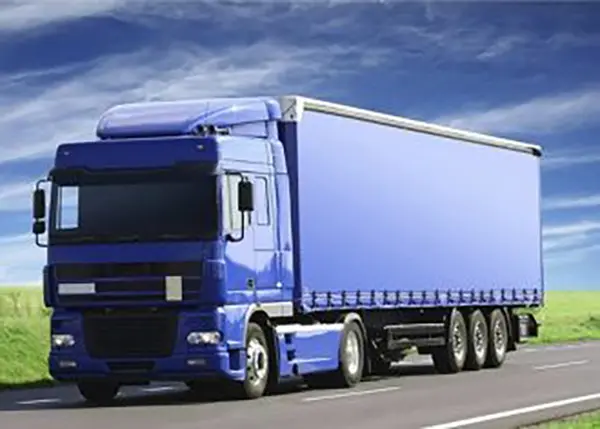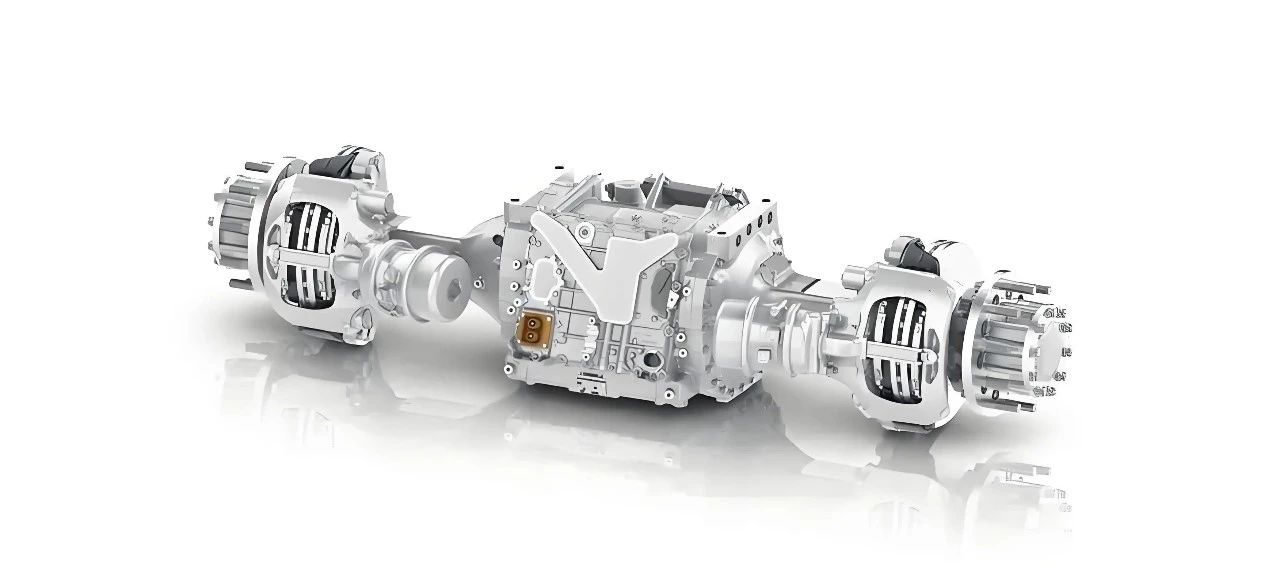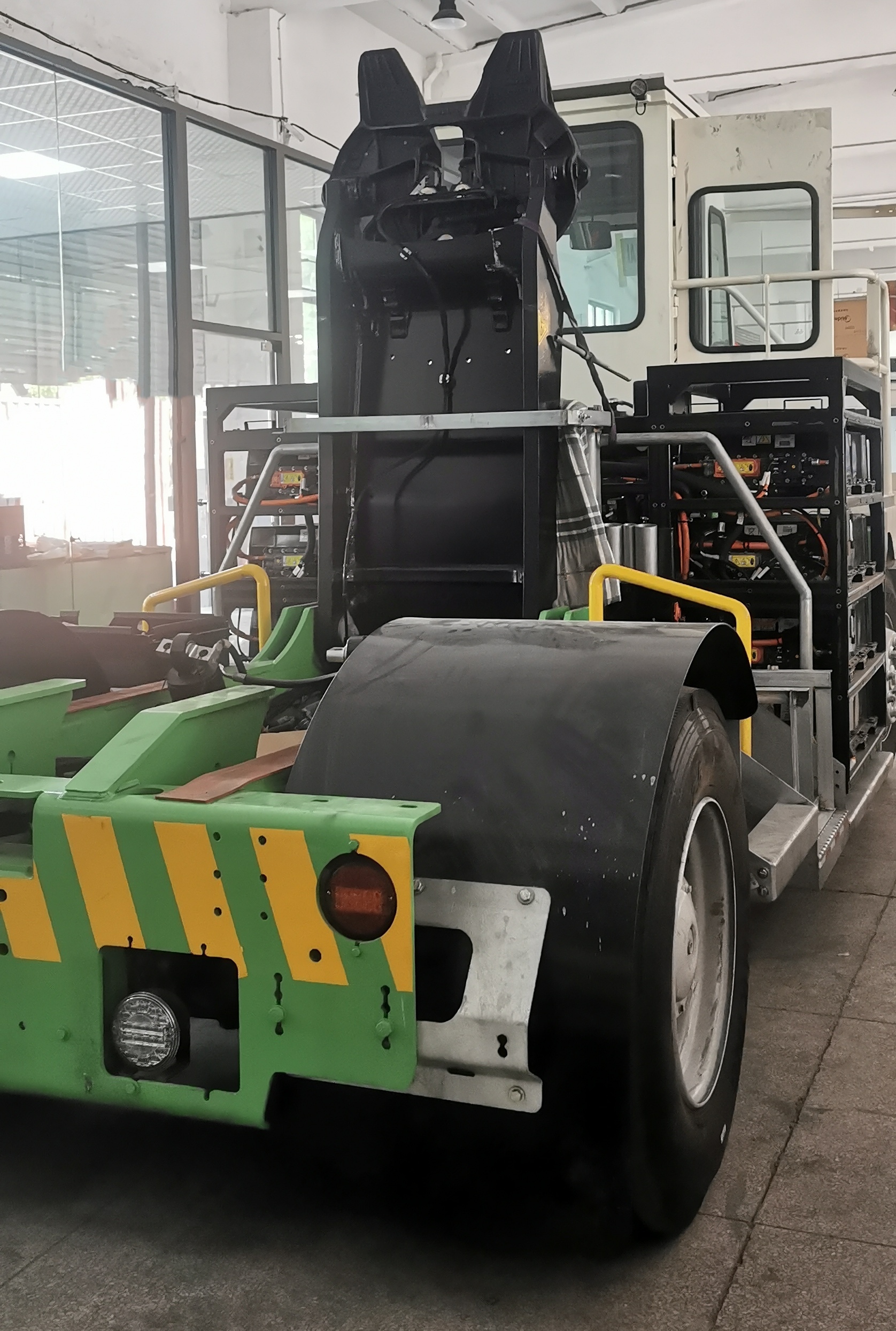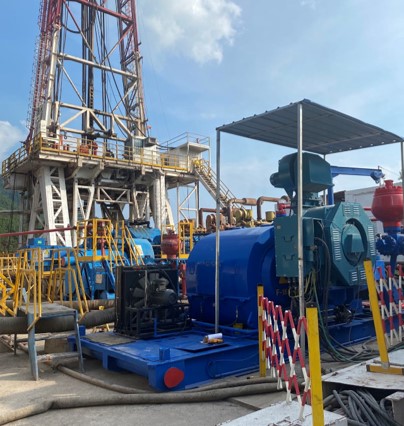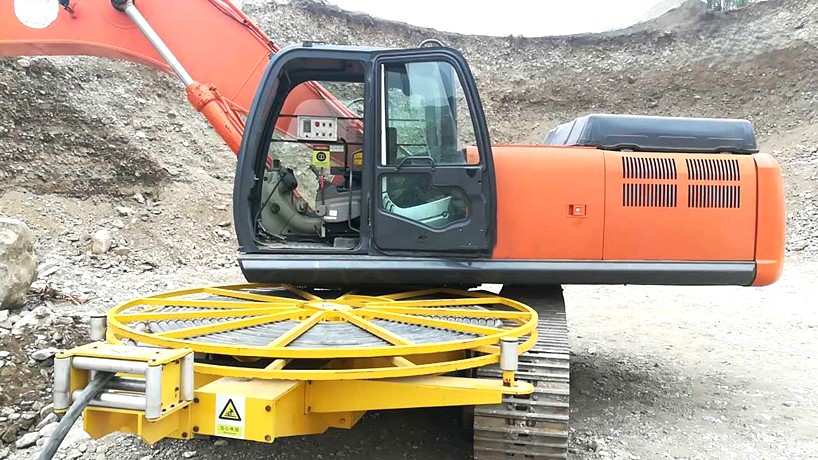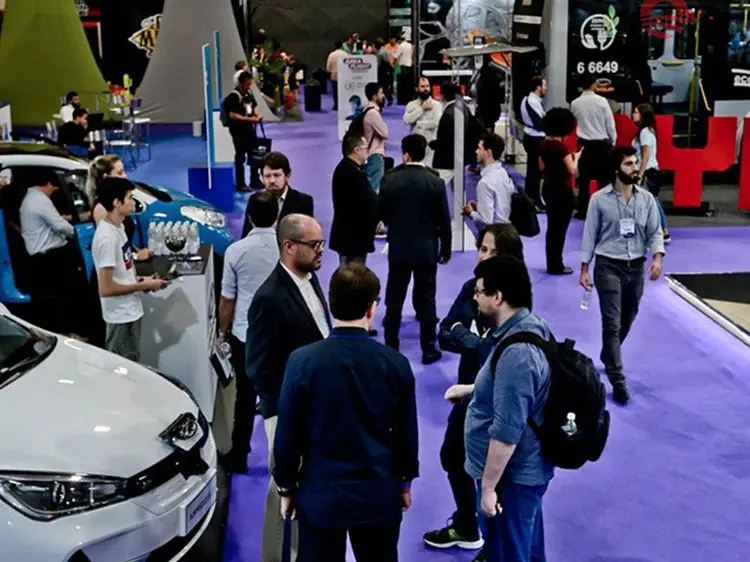Electric car drivetrain Solutions Beyond the Battery Pack
Electric car drivetrain Solutions Beyond the Battery Pack
In the rapid evolution of electric mobility, most discussions center on battery packs, their energy density, charging time, and lifespan. While the battery pack is undeniably vital, it is no more than part of a much larger, more complex system. The electric drivetrain, consisting of the motor, controller, and power supply systems, is really the heart that converts stored energy into motion. Advanced drivetrain solutions, especially for high-power applications like electric trucks, buses, sanitation vehicles, heavy-duty EVs, and electric boats, are setting the next frontier of electric vehicle performance and efficiency.
Electric car battery pack vs. Drivetrain: What Powers the Future
When people think of electric cars, they often think first of the battery pack. It stores the energy that makes zero-emission transportation possible. But without an efficient drivetrain, even the most advanced battery cannot deliver performance effectively. The electric car drivetrain, featuring a traction motor, inverter, transmission system, and energy management unit, converts electrical energy into mechanical power. This conversion process determines not just how efficiently energy is used, but how smooth, powerful, and responsive the driving experience will feel. In other words, while the battery stores the energy, the drivetrain brings it to life.
The Electric car drivetrain: A Core Understanding of Electric Mobility
An electric drivetrain incorporates several systems into one to manage the flow of power from the source to the wheels. The motor provides the propulsion, the controller or inverter governs the amount of power to be fed by converting DC from the battery into AC for the motor, while the power supply system ensures that energy delivery is stable and supports other auxiliary components such as onboard chargers and DC/DC converters. All of these come together to create a harmonious ecosystem where energy efficiency and dynamic control are maximized.
In the modern electric vehicle, especially for heavy-duty or industrial segments, drivetrain application is not merely 'one size fits all' but rather tailor-made according to the required voltage range, torque requirement, and operating conditions, such as stop-and-go cycles in sanitation vehicles or continuous load operations as applied in marine propulsion.
Why the Battery Pack Alone Isn't Enough
While battery technology has radically improved, even the most efficient pack cannot promise optimum performance if the drivetrain system is poorly integrated. Most early EV designs were overly focused on enhancing the batteries, while little consideration was given to power conversion and control systems. Inefficiency and shortened lifespan have resulted from such. Issues such as overheating, inconsistent torque delivery, and waste of energy are common without a robust drivetrain.
For electric trucks or buses, the drivetrain should provide high torque at low speeds, manage regenerative braking, and maintain stability under variable loads. Vibration resistance, water protection, and high continuous power output become critical in marine or heavy-duty applications. Thus, while batteries provide capacity, the drivetrain determines reliability, responsiveness, and total system longevity.
Integrated Drivetrain Solutions: Motor + Controller + Power Supply
The new generation of integrated electric drivetrain systems unites the motor, controller, and power conversion modules into one compact, intelligent package. This integration minimizes wiring complexity, reduces transmission losses, and enhances system communication and control.
For instance, a combined motor-controller assembly enables real-time energy optimization and precise torque control, thus enhancing efficiency and driving comfort. Integrated power supply systems, handling both charging and DC/DC conversion, make for seamless energy management between the traction system and auxiliaries. These developments are of especial value in commercial and industrial EV applications, where long hours of operation and high reliability are called for.
High-Power Applications: From Electric Trucks to Marine Vessels
No longer are electric drivetrain solutions limited to passenger cars, as they now power electric trucks, buses, sanitation vehicles, and even boats. For such demanding environments, high-efficiency systems are required to deliver sustained torque and function under extreme conditions.
For example, electric trucks feature integrated drivetrains able to handle regenerative braking under heavy load; marine applications require water-cooled systems that can operate without interruption with high efficiency. In the case of electric sanitation vehicles, drivetrains must be able to sustain numerous start-and-stop operations with limited energy waste. In all cases, the objective is the same-to maximize power output while minimizing energy consumption and prolonging system life.
Advantages of Integrated Drivetrain Systems over Conventional Setups
Compared to traditional, discrete drivetrain architectures, an integrated system possesses several advantages. It does reduce mechanical complexity and weight, eases maintenance processes, and enhances overall efficiency of the system. This closer coordination of motor and controller promotes dynamic response, offering smoother acceleration and regenerative braking.
Also, the compact design frees up vehicle space, which is very crucial in electric trucks and buses, where battery volume and payload capacity are quintessential. On the other hand, integrated systems enhance heat dissipation and reliability, critical for long-haul or industrial EVs that operate continuously.
Smart Power Conversion: Beyond Charging
A key feature of the advanced drivetrain is smart power conversion. Modern systems go further than passively managing the charging of the battery; active power-flow management optimizes performance in several operating modes. Smart DC/DC converters provide voltage leveling between traction and auxiliary circuits, while onboard chargers enable fast-charging and grid functionality. The added value of such intelligent control lies in increased efficiency, better battery health, and reduced total energy costs. By dynamically adjusting power delivery based on real-time conditions, the drivetrain ensures maximum utilization of every watt stored in the battery pack.
Customization and Scalability for Industrial and Marine EVs
For the next generation of EV drivetrain solutions, scalability is critical. Today, manufacturers are designing modular systems that can be adapted for varying voltage platforms-400V, 800V, or higher-and also across a range of power ratings. This flexibility enables applications ranging from compact delivery vans to multi-ton heavy trucks and even electric ferries. Custom solutions, such as waterproofing for marine use or enhanced cooling for high-duty cycles, enable drivetrain systems to function effectively under special operational demands. By using modular integration, developers can implement tailored solutions across industries without having to reinvent the entire system each time.
Conclusion: Building the Future of Electric Drivetrain Systems
As the electric vehicle industry moves beyond its battery-centric innovation, it is drivetrain technology that appears as a true differentiator of performance, efficiency, and reliability. The integrated motor, controller, and power supply system represents the future of sustainable transportation; enabling electric trucks, buses, and marine vessels to achieve unprecedented power and efficiency without compromise on durability. While the battery pack is the energy reservoir, it is the electric car drivetrain that defines how effectively that energy is utilized. The future of electric mobility depends not only on how much power we can store but on how intelligently we can deliver it.











